7 Steps to Growing Your Own Survival Garden
Not having to depend entirely on a grocery store for their family is something every gardener has to be proud of. But there are several other benefits to growing a survival garden that you might not have thought of. Even if you don’t think you have what it takes to be successful at gardening, I’m here to tell you otherwise. As long as you put in the work and follow some time-tested advice, you’ll be absolutely amazed at your results. These are 7 helpful steps on how to grow your family’s own survival garden.
I purchase all of my garden seeds from this company: SeedsNow
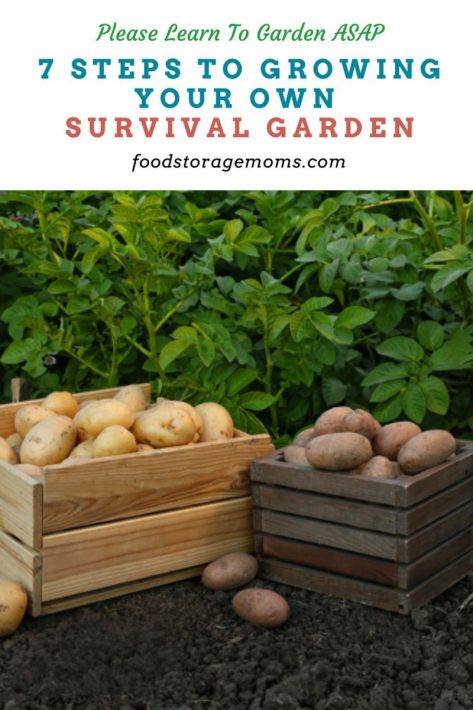
Why Do You Need to Grow a Survival Garden?
Before we begin, I’d like to share with you a handful of reasons why it’s an excellent idea for you to grow a survival garden in your backyard:
- A survival garden will provide you with a never-ending supply of fresh, nutritious food. I can also guarantee that if done right, the vegetables and fruit that you grow will be superior to the ones that you typically find at the grocery store.
- One of the obvious reasons to start your own survival garden is that it will help you become more self-reliant and independent from the grocery store.
- A survival garden is a great way to save money on your food bill each month.
- A survival garden is a fun and rewarding hobby that the whole family can enjoy together. It’s also great exercise and an easy way for you to spend time outside while getting fresh air and some needed sunshine.
- Growing a survival garden will give you a sense of satisfaction and accomplishment that comes from knowing you can provide some of the food needed for yourself and your family in challenging times.
7 Steps to Growing Your Own Survival Garden
Finally, for the moment you all have been waiting for. Keep reading to find out these simple steps to growing your very own survival garden.
Start Small
Don’t think that after reading this that you’ll be a professional gardener right off the bat. It’s best to start out small so that you aren’t overwhelmed. This simple strategy will provide the time you will need to learn as you go. Once you’ve experienced success and learned from a few of your mistakes (you will have some), then you can make your gardening plots bigger and more in number. That way you’ll be able to provide far more yields all season long for your family and close neighbors. This will also be a lot easier to do because you will have saved up a bunch of seeds from earlier crops.
Pick a Sunny Spot
In order for your plants to grow to their full potential, they’re going to need plenty of sunlight throughout each day. Choose an area in your yard that gets at least 6-8 hours of direct sunlight during the day. If you don’t have a spot like this, you can always grow your plants in containers and move them around to wherever the sun is shining during the growing season.
Plan Your Garden’s Layout
Your garden’s layout is very important, not only in how it looks presentation-wise, but also so you can have the most success with what you’re growing. To do this, you can either use a gardening book or an online guide that will help you plan everything out. Or, if you’re feeling a bit more creative, you can free-hand it. Just make sure that you take into consideration each plant’s height, width, and water needs when you’re placing them in your garden.
Amend the Soil
The type of soil you have in your garden will play a big role in how successful your plants will be. If you want healthy plants that produce a lot of fruit or vegetables, then you need to make sure your soil is amended correctly. The first step is to get a soil test kit (you can find these at your local nursery or online) and find out what nutrients are lacking in your soil. Once you know what needs to be added, you can amend the soil accordingly.
Some of the most common amendments that are added to soil include:
If you need help amending your soil, there are plenty of resources available online, or you can ask for assistance at your local nursery.
Choose the Right Plants
One of the most important steps in growing a survival garden is choosing the right plants. When it comes to survival gardening, you want to choose plants that are hardy, drought-resistant, and that produces a lot of food. You also need to keep in mind what zone you live in and what crops will thrive the best in your garden due to what part of the country you live in.
Some of the best plants to grow in a survival garden include:
– potatoes
– onions
– carrots
– tomatoes
– peppers
– beans
These are just a few examples, but there are plenty of other options to choose from when making those plant and variety decisions. Just make sure that whatever you decide to grow, it will do well in your area and that you have the space for it in your garden.
Grow Vegetables and Fruits that Your Family Eats
While you may have the fantasy of growing all different types of produce in your garden, what will be the point if your family always turns their noses up to it? So don’t waste your time growing food that your family isn’t going to enjoy, and only focus on the veggies that you will actually eat on a consistent basis. Before you get started, make a list of veggies and fruits that your family enjoys, and then plan and plant the garden accordingly.
Storing Your Crops for Winter
Unless you live further in the south, the growing season for your garden is limited. To make sure that your family has nutritious food they can depend on during the winter, you’ll need to know how to properly store them.
One of the best ways to do this is by canning and preserving your food. This way, you can enjoy the fruits (and veggies) of your labor all year long. If you’re not sure how to get started with canning, I have several articles that you can check out on the subject.
Another option for storing your food is to freeze it. This is a great way to preserve fruits and vegetables that can’t be canned, such as lettuce or berries. And, if you have a root cellar or a cool basement, these are the perfect places to store things like:
Final Word
Now that you know some critical steps that go into growing a survival garden, it’s time for you to get started. If you follow these simple tips, you’ll be on your way to growing a survival garden that will provide you with fresh fruits, vegetables, and herbs all season long for you and your family. May God Bless this World, Linda
Copyright Images: Fresh Vegetables AdobeStock_379341926 by Viktor Iden, Wooden Boxes with Potatoes AdobeStock_465123176 by Pixel-Shot

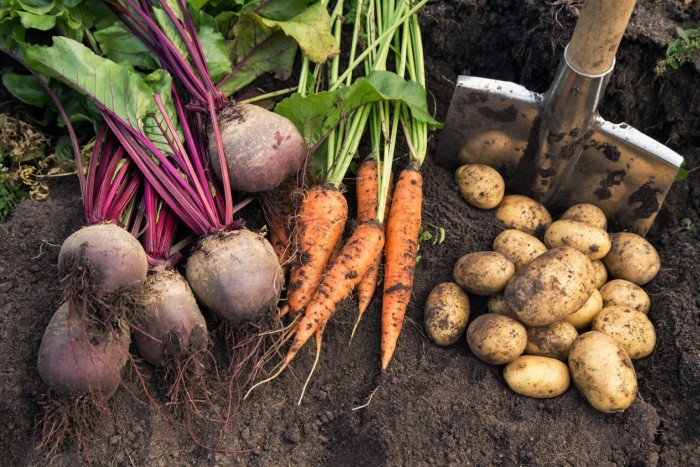

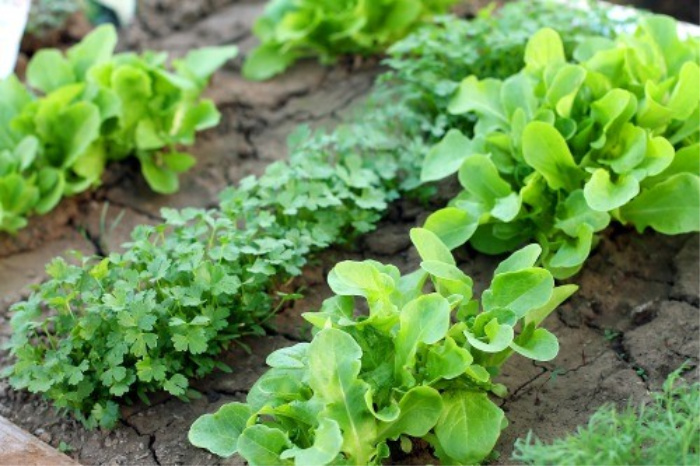
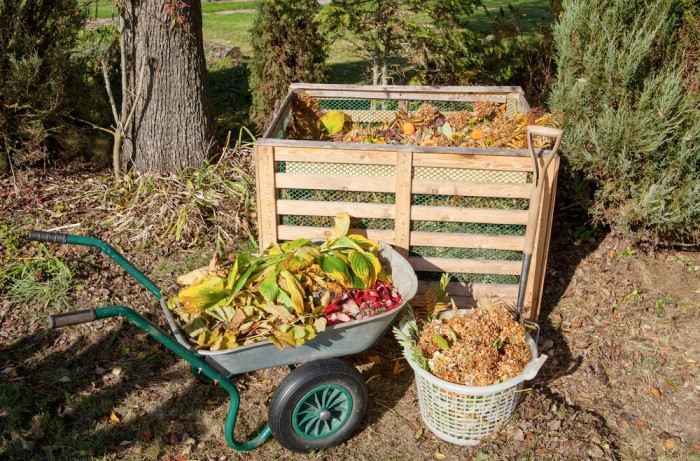
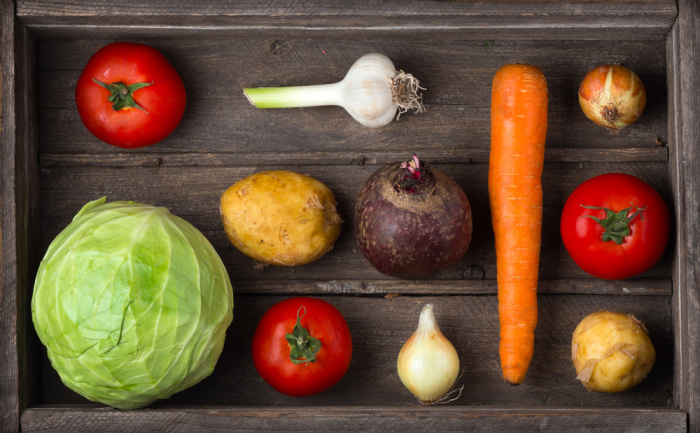
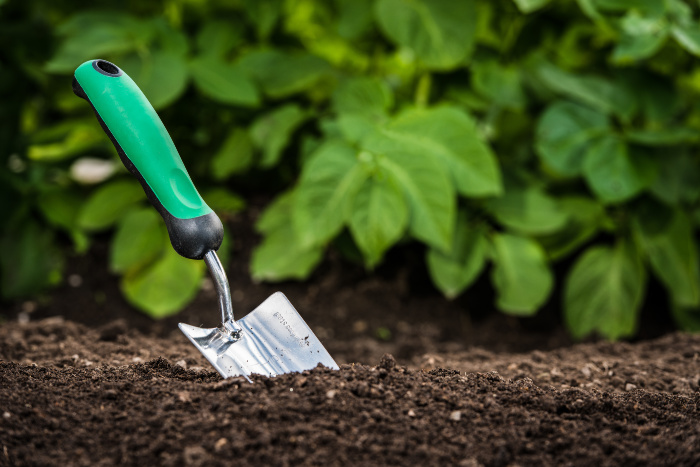
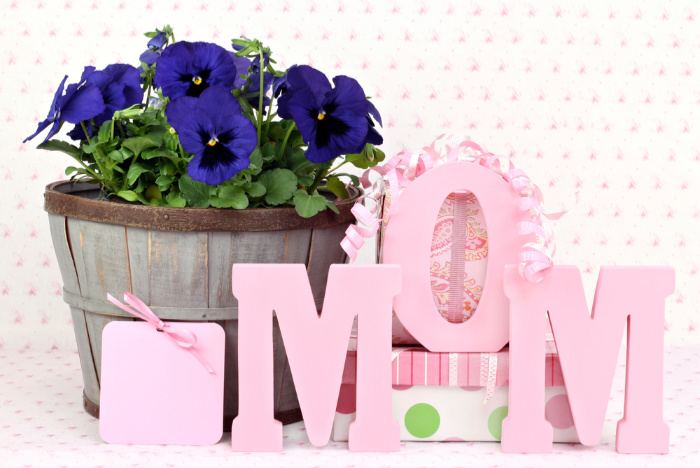
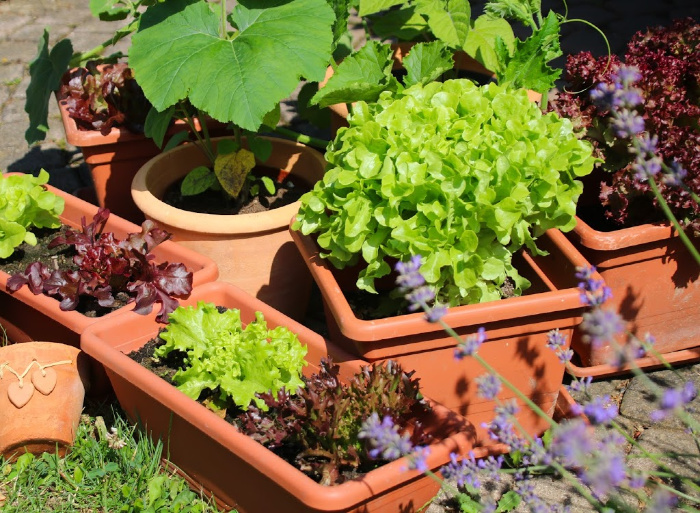













Perennial food plants are a good idea, too–berry bushes, grapes, fruit trees, asparagus, Jerusalem artichokes, for example. The feathery mature foliage of asparagus and the Jerusalem artichoke flowers can blend in (even hide in plain sight!) quite decoratively. Berries (brambles, especially) may be located in out-in-the-back areas. Many will provide shade or privacy screening. Perennials will generally produce better with some maintenance (pruning, thinning, removing old growth) but will usually succeed even when neglected. Plant once, enjoy for years!
Hi Rhonda, oh I love this comment! I had to leave my asparagus when we moved, having some perennials is a blessing. I want to try Jerusalem artichokes, wow, those would be great to have in the garden! Thank you!! Linda
I can’t yet tell you how they taste… The voles apparently got almost all those I planted the first year! I salvaged a few nubbins that finally came up this year, thanks to the super-hunter kitties I now have (it’s a rare day they don’t show up with a vole or chipmunk). I’m planning to just re-space and plant whatever’s grown this year–then see if they carry on from there. (My potatoes have survived with no vole damage so far
this year, so I’m assuming the chokes will as well.)
Hi Rhonda, oh those darn critters!! Darn!! My potatoes always did well, the squirrels didn’t find them. I forgot I left a Pomegranate bush in Southern Utah, the squirrels thought I planted it just for them! LOL! Linda
Linda, I’d add that if you think tunneling pests like mice, voles, gophers, moles, pack rats or ground squirrels may be a problem it’s best to start with raised beds (lined along the bottoms with 1/2″ hardware cloth and large containers. However a gardener starts getting the soils pH and tilth right is critical for success.
A survival garden should be focused on high calorie crops. Potatoes and Sweet Potatoes head the list, followed by Beans, Turnips, Beets, Peas and Carrots. All have the added benefit of being fairly easy to grow and most can be stored for a decent amount of time, either in the ground, in the fridge, frozen or canned. Some can even be dehydrated. I should add Pumpkin, Acorn and Hopi Gray squash to this list as all are pretty good calorie wise and all store well. (I’ve had Hopi Gray squash last all the way through winter and until I could start harvesting a new crop).
No beginner should neglect Lettuce, Kale, Chard, Spinach, Cabbage and Bok Choi. All are again fairly easy to grow in cooler weather. Alliums like Onions, Garlic, and Chives can add flavor and interest to your meals so grow some. Onions and Garlic keep well too.
Emphasis should be placed on Heirloom/Open pollinated varieties since you will need to save seed to make your garden sustainable. Perennials like Asparagus, Rhubarb and Artichokes are very good to plant, as they will come back year after year with little effort on your part.
But the priority has to be the high calorie foods I listed first. In a survival situation, those foods can keep you alive.
Hi Ray, I LOVE LOVE LOVE your comment. My great-grandmother taught me, “if you grow potatoes, you will never starve.” Of course, you have to start with good potato seeds. Back in her day, they didn’t have GMO foods. High calorie foods are key, great reminder!! Linda
Ray, excellent comment!
Hi Mary, I totally agree with you on Ray’s comment. Linda
It’s definitely a worthwhile layer to the plan
Hi Matt, I’m hoping those who have not tried gardening will try now because it’s a skill we all need right now. Linda
I have not started gardening, but I like the “Square Foot Gardening Method” by Mel Bartholomew and I have few copies of his book and also books by David Goodman, aka “David the Good”. He has extensive, first hand knowledge and experience raising food in Florida and Costa Rica, so for hot climates or the semi-tropical and tropical his books are perfect guides.
I don’t have the interest, patience or desire to read a lot or learn by trial and error or experimentation. I just want to get right to it and of course I will learn things as I go. I feel a great sense of urgency now.
Bucket gardening with the use of wheeled platforms is also an attractive idea since the plants can be moved around. Weed control is easier as well. Being in Florida we have plenty of sunshine, but it can also be too much for some plants. I’ve told my father if he is willing/interested I suggest we build a platform with some framing and wrap it with screen mesh and put some shade on top to protect the plants and ourselves from harsh rain, extreme heat and not only bugs, but all the critters that hide around here.
HI Frank, I hear you on the critters and bugs. We had a lot in Southern Utah. We all learn things as we go. I call them learning curves. Life is good when you pick that first red tomato. Linda